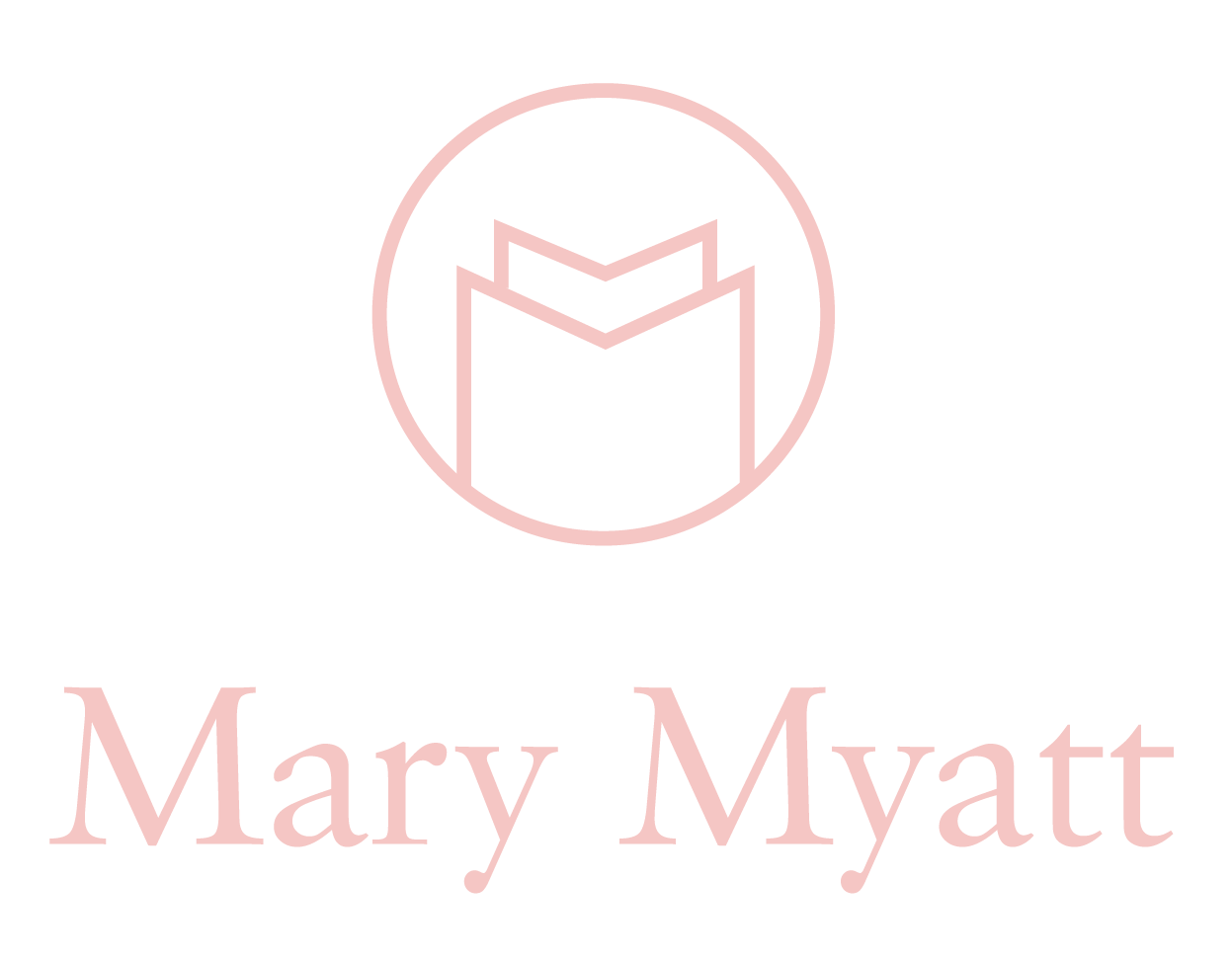Text as the beating heart of the lesson
‘A room without books is like a body without a soul.’
- Sir John Lubbock
In our efforts to make things accessible to pupils we have sometimes made things too easy. This effort to make things accessible has led to the atomisation of materials offered to pupils. A worksheet here, a gobbet of a text there, a random activity supposedly to engage them, too often delivered without thinking about challenge or coherence. There is a pushback to this, and this is a good thing. If we are serious about an ambitious curriculum for all our pupils, we need to think hard about the resources we provide to make sure that they are really stretching them.
And so we need to turn to texts. This applies to most, if not all subjects - to paraphrase Andy Tharby,[1] research lead at the Durrington School, we need to consider texts as the beating heart of the lesson. What do we mean by texts? It might sound obvious, but it is worth spelling out - whatever we are teaching within a topic, whether in primary or secondary, should have, as its main driver and resource, a text which opens up the territory for pupils.
Why should we use a text? There are a number of reasons for using a text as the basis for a unit or topic.
• It is an efficient way of conveying a lot of information and information is important because we cannot reason or problem solve without foundational knowledge. A text is the most effective way of doing this
• A carefully chosen text will provide the hinterland and background context for what is being studied
• The written word is denser than everyday talk. It takes effort, in a good way, to unpack this. A text puts appropriate cognitive load onto pupils.
• Texts contain tier two and tier three vocabulary. These are the words of the academic disciplines and subject specific domains. They are the keys to scholarship. If we aren’t using them in classroom talk, our pupils will not have access to them. The paradox is that using a text will up level classroom talk when the big words and concepts are highlighted and discussed in advance of the text, or discussed during the reading of the text or unpacked later. The text provides the vehicle for increasing the demand and level of challenge within classrooms.
• A carefully chosen text is a reflection of the domain from which it comes. It is likely to have expert knowledge underpinning it - and this can be critiqued and debated. This quality of source material cannot be underestimated. It overcomes one of the main problems with downloading resources from the internet - many of which are superficial, often incorrect and have gobbetised and bastardised the original knowledge as to be downright dishonest. So this is a call to honesty and integrity.
So, what’s stopping us? One of the things that is stopping us is time - or apparent lack of it, in order to find appropriate texts. However, if we are going back to the principles of essentialism and have stopped doing the things that make no difference to learning, we will have created some time. Furthermore, if we were to add up all the bits of time which we have spent searching for the ‘perfect’ resource or activity, we would find that we have gained plenty of time. Time which can be used to find a decent text.
A further barrier to using a text is that once we have sourced an appropriate, high quality text, our main work is done. But because we are addicted to the curse of busyness, we might feel guilty that we are not up until midnight crafting power point, creating or sourcing resources. We need to overcome this urge. The paradox is that the sourcing, reading and using a high quality text will improve our subject knowledge. The work itself develops us in a way that looking for trite superficial materials on the internet can never do. This way of working requires a different mindset.
What are the pupils doing? Again, the temptation to be seduced by ‘busyness’ means that we have concerns about what our pupils are actually ‘doing’ when we shift to basing our work on texts. This is a legitimate concern, particularly if we have been encouraged to have lots of activities. The problem is that many of these have been proxies for learning. We need to remind ourselves that learning involves a change in the long term memory. Offering pupils texts is one of the most efficient ways of doing this. The paradox is that learning is not visible, so how can we get a handle on this? First pupils need to be ‘fed’ intellectually. Then we help them to make sense of it, primarily through talk. Then they can do something with what they have learnt.
So how to use a text? Either the teacher reading aloud by way of introduction. Or, pupils having their own copy, if appropriate and if funds allow, or they could follow an extract on the white board (making sure that the font is large enough for all pupils to see). This is what might follow from using a text: in books - these are the words we found really interesting and this is why. Pupils talk together about the words that intrigued them, that they don’t know what they mean and start compiling the key vocabulary and ideas.
What might follow from this is: so, this is what we have learnt - a brief summary, modelled through a visualiser by the teacher to begin with. And then pupils might copy this example into their books. Why would we ask pupils to copy something from the board? Well if done well, namely the teacher summarising what pupils’ ideas are, then this is really their work. The act of copying supports learning.

